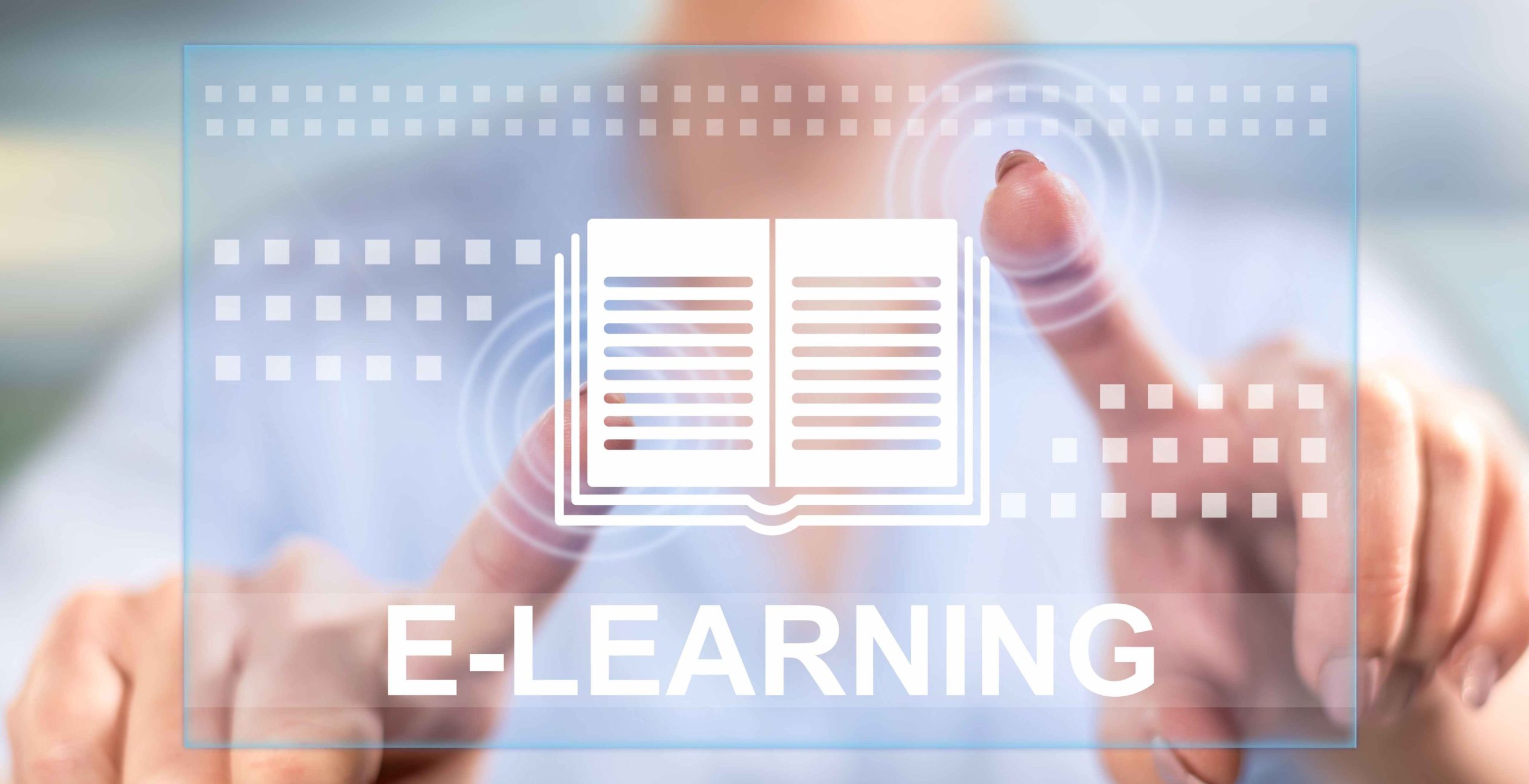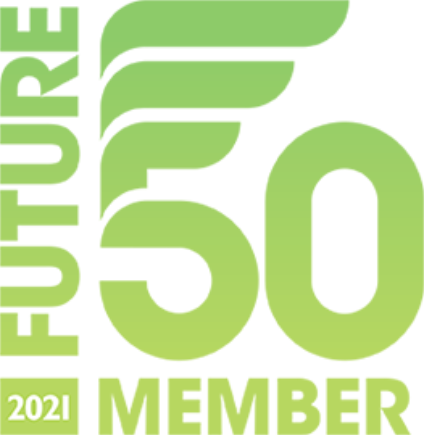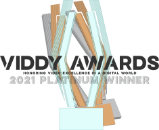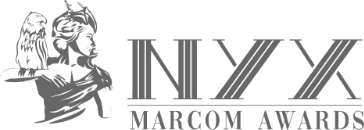

What do you use? Elearning, eLearning, E-Learning, Online Learning, Learning Technology? Does it really matter? In this article we’ll take a look at the history of the term ‘Elearning’.
Elearning is the shortened term for electronic learning. Elearning is the process of delivering learning content through electronic resources, such as software programmes and the internet.
Elearning can be structured formally. GCSE, A-levels and University degree courses and the provision of Health and Safety training in the workplace are examples of this.
It can also be less formal such as joining an online forum or online coaching session. The scope of elearning is vast, and its popularity is rapidly increasing. Custom Elearning and off the shelf elearning courses make a significant contribution, alongside the Learning Management System and Learning Experience Platform sector.
Elearning can involve something as simple as watching videos or engaging in Augmented Reality (AR), Virtual Reality (VR) or Artificial Intelligence (AI), to facilitate the learning process.
Those accessing electronic learning can use tablets, mobile devices and laptops–making it a hugely popular and convenient way to learn.
Studies show that elearning has increased by 900% since the year 2000, an indicator of its success as an effective learning tool.
The adoption of elearning has become widespread in recent years because it is a credible alternative to class based learning for many people. This is because it can be accessed at any time and often costs less than traditional forms of study.
Just as the process of elearning has evolved over the decades, so has the terminology.
E-learning, elearning, e-learning and e-Learning are all accepted variations of the concept. But, do all these phrases mean the same thing? Let’s find out.
The term eLearning was first coined in 1999 by Elliot Masie who was delivering a TechLearn speech to a conference. The lowercase e implies the format of the learning and the capitalised L denotes that the learning is important as it is the intended outcome. In Masie’s original definition there is no hyphen.
The Oxford English Dictionary states that compound words should be joined with a hyphen, so, electronic (adjective) and learning (noun) should be written e-learning.
E-learning is often used to start a sentence or within a heading. It could be argued that capitalising the E within a sentence breaks the rule of using a capital letter when using a common noun but it is a widely accepted use of the term for electronic learning.
However, many organisations are moving to adopting the phrase elearning. Just as web-site has morphed into website and e-mail into email, so too e-learning has become elearning.
Over time, as people have become increasingly familiar with the term, the hyphen has been dropped. Many linguists believe that this has largely come about because of the way people search for terms on mobile devices–it’s just easier to search without the hyphen. Because of the change in the syntax used by popular culture, educational learning establishments adapted the vernacular and the term elearning was born.
It has to be said that whilst there is no formal decision on how to spell elearning the consensus from academia to business seems to be, choose one version and stick to it. As long as you display consistency you can use whichever form you prefer.
Within both business and education sectors the use of elearning has become the contemporary standardised term for electronic learning.
When searching for electronic learning programs, more people are using the term elearning than the other variations so it makes sense for educational establishments to incorporate this term into their online publications.
In addition to this, with so much of our daily lives being digitally focussed, there seems little need to point out that this type of learning is electronic. With this in mind, elearning is fast becoming the most searched term and the preferred term in academic and professional settings.
As we venture into a future where so much of daily life involves the use of digital technology, there is a belief that elearning will one day become just learning. Because of this a wider group of terms are being used around elearning and online education.
An online course is the program of teaching that delivers the intended learning. Online courses are organised like class based courses, into a syllabus. An online course takes place only in the virtual space. They can be formal and informal. These courses can deliver educational training and workplace training and can result in the awarding of a certificate or degree.
Online learning is often used in conjunction with the term elearning but there are subtle differences between the two.
Elearning can take place online or be classroom based and it is technology that facilitates the process of learning. Learning is more self-paced and students will have unlimited access to content.
Online learning will see communication between the teacher and the student. This can be in the form of webinar, virtual meeting or online lecture. Lessons are conducted in real time and teachers and students are present at the same time.
Collectively both types of education offer learning with technology as the facilitator. They offer a slightly different experience for the learner, providing a choice that matches learning style, opportunity for study and the timings that suit the learner. Both forms of digital education are becoming increasingly popular globally. The educational technology sector grew by 72% in 2020 and is estimated to be worth more than 3.2 Billion pounds (£ UK).
Due to the surges in digital education, new terms and phrases have arisen within the education sector. Vocabulary such as learning technology and digital learning technologies are now widely used terms within the elearning and online learning industry.
The term learning technology relates to the communication, information and technological terms that enable the learning to be delivered to the user.
Digital learning technologies relate to the tools that are used to facilitate the learning, say online games, social media and multimedia.
These two concepts have impacted educational innovation in recent years and changed the way education is delivered both face to face and online. Within the traditional class based environment, the use of digital learning technologies has been on the rise over the last few decades in order to prepare students for a future in a technological world.
Instructional design, the production of learning materials and resources, is key to creating digital learning technologies that engage all types of learners. Because digital learning technologies are multisensory learners are naturally more motivated to engage in and learn from the task. And, with such a range of applications available, elearning offers something for everyone.
Studies show that digital learning technologies sharpen learners’ critical thinking and collaborative skills. Being able to communicate with other learners, share ideas and gain an understanding of community and belonging facilitates emotional intelligence too.
Hard to understand concepts can be revisited in a multitude of ways and formats that traditional paper based learning finds hard to match, creating a revolution in learning.
Recent academic research demonstrates that digital technology and learning technology allows children a greater freedom to learn in the way that best suits their learning style and enables them to prepare for a life within the digital world.
Sustainable Business Studies have determined that elearning and online learning is a more sustainable way of receiving education too. With the reduction of paper use, food waste and energy consumption a demonstrable by-product of using elearning technologies.
In conclusion then, there has been a significant yet subtle change to the spelling of the terminology associated with electronic learning. Since its first utterance in 1999, eLearning has morphed into the widely accepted elearning. The determining factor behind this, the popularisation of the elearning phrase by users searching for online learning. In response to this nuanced change contemporary educational organisations and training based organisations have adopted the current terminology.
Again, due to the explosion of learning facilitated by online publications, courses and curriculums the creation of a new lexicon has arisen. Online learning, online courses, learning technology and learning technologies are established terms in the elearning dictionary. These terms explain how and where learning takes place and the ways and means the learning is facilitated in this online learning landscape.
Of course, and as always, both education, language and technology are in a state of continuous change–perhaps more so now than ever before in history. With these revolutionary and life changing developments it is clear that the linguistics of education and learning will constantly be adapting to keep up with technological pace.




